Wildlife Welfare and Sloths
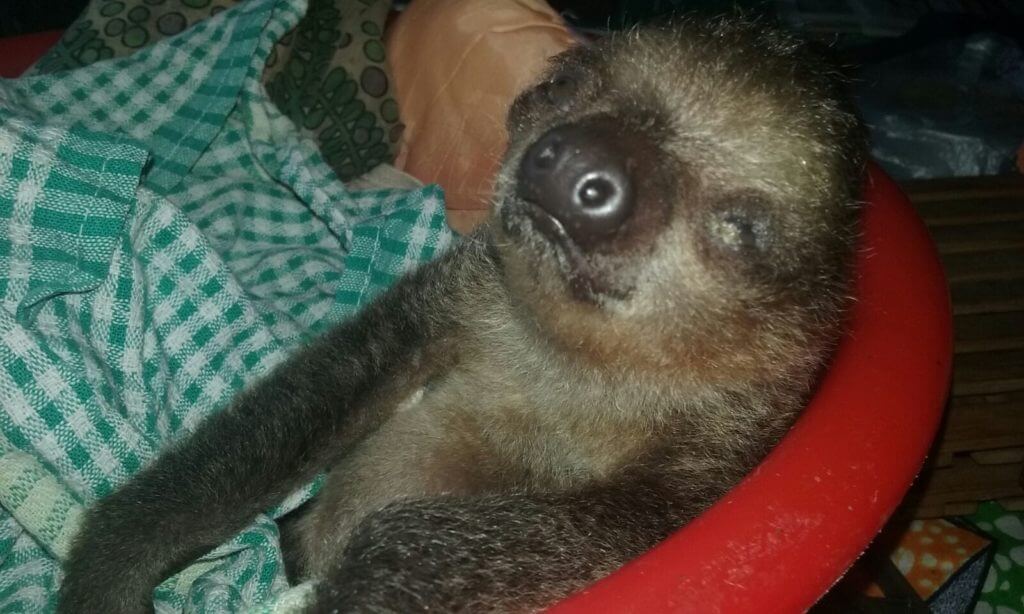
Suriname is home to two species of sloth, the three-fingered Bradypus tridactylus and the two-fingered Choloepus didactylus. Although neither species is currently considered threatened with extinction [12, 13] , their well-being and health is threatened to varying degrees by many activities in different parts of their range. DEFORESTATION Both the three and two fingered sloths are arboreal, so deforestation […]
Wildlife Welfare and Xenarthra, Dolphins, and Manatees
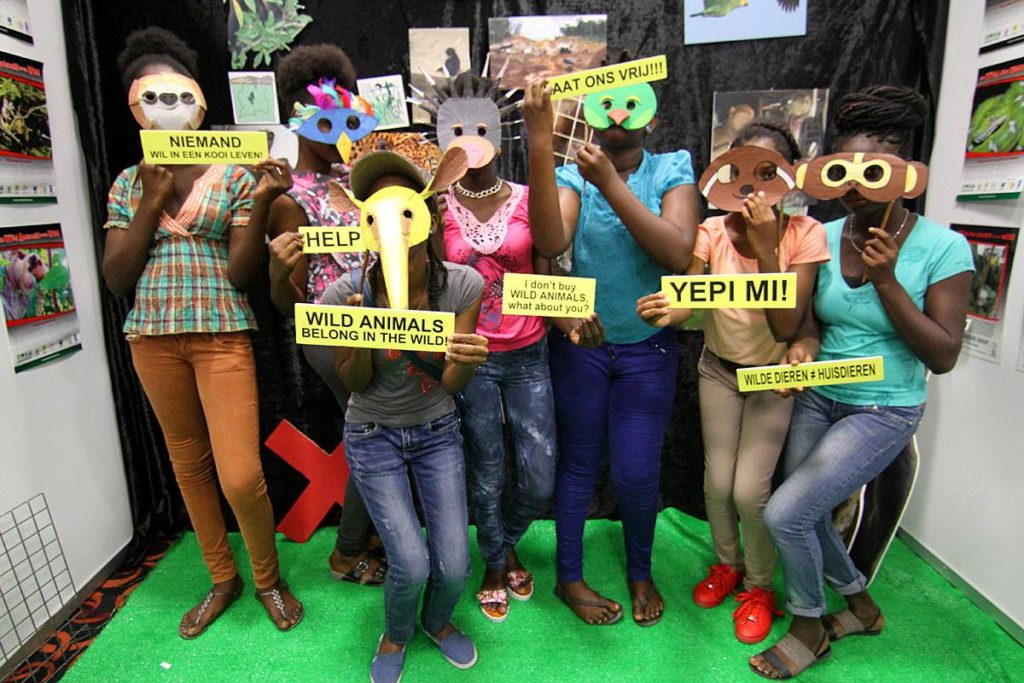
Wildlife welfare is the field of study that considers how human activities impact the well-being and quality of life of free-living wild animals. Many practices humans engage in, such as deforestation, mining, pet trade, and hunting, can cause harm and create long-term suffering and poor welfare states in wild animals [55]. Negative welfare for a […]
Part 2 – Wildlife Welfare: What it is and why it’s important
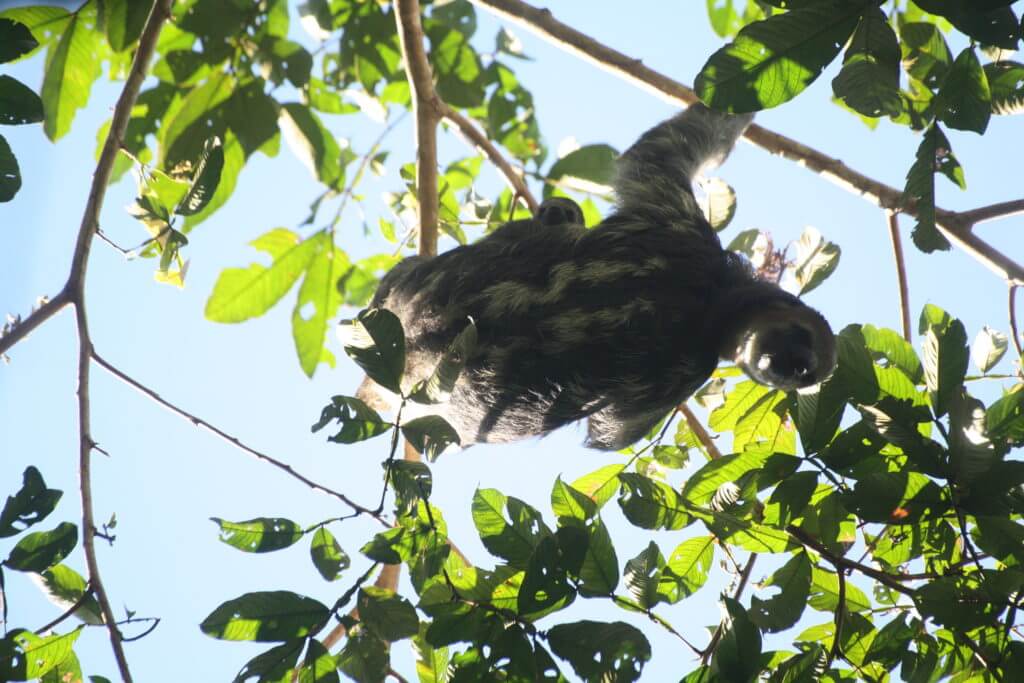
WHAT WILDLIFE WELFARE IS NOT Further, there is a difference between animal welfare and animal rights [10], although both fields are grounded in ethical considerations of animal life. There are key distinctions between the two, which are often unknown, that make scientists, policy-makers, and regular civilians reluctant to consider animal welfare a legitimate field. ANIMAL WELFARE […]
References-Wildlife Welfare: What it is and why it’s important
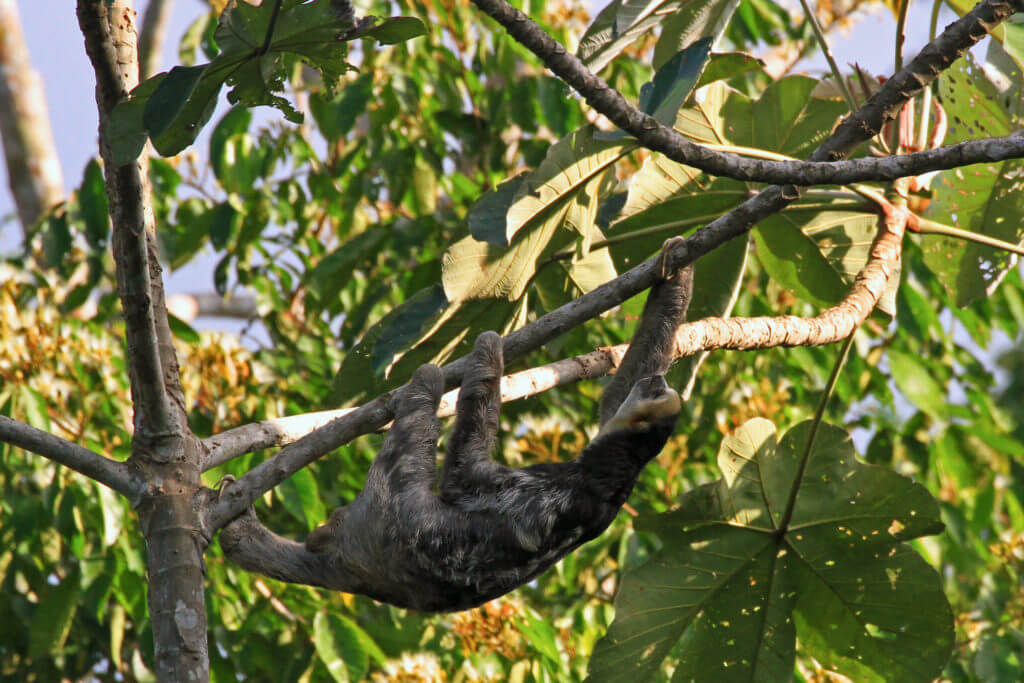
1. Baker, S. E., Cain, R., van Kesteren, F., Zommers, Z. A., D’Cruze, N., & Macdonald, D. W. (2013). Rough Trade: Animal Welfare in the Global Wildlife Trade. BioScience, 63(12), 928–938. https://doi.org/10.1525/bio.2013.63.12.6 2. Broom, D. M. (1991). Assessing welfare and suffering. Behavioural Processes, 25(2), 117–123. https://doi.org/10.1016/0376-6357(91)90014-Q 3. Broom, D. M. (2010). Welfare of Animals: Behavior as a Basis for […]
Part 1 – Wildlife Welfare: What it is and why it’s important
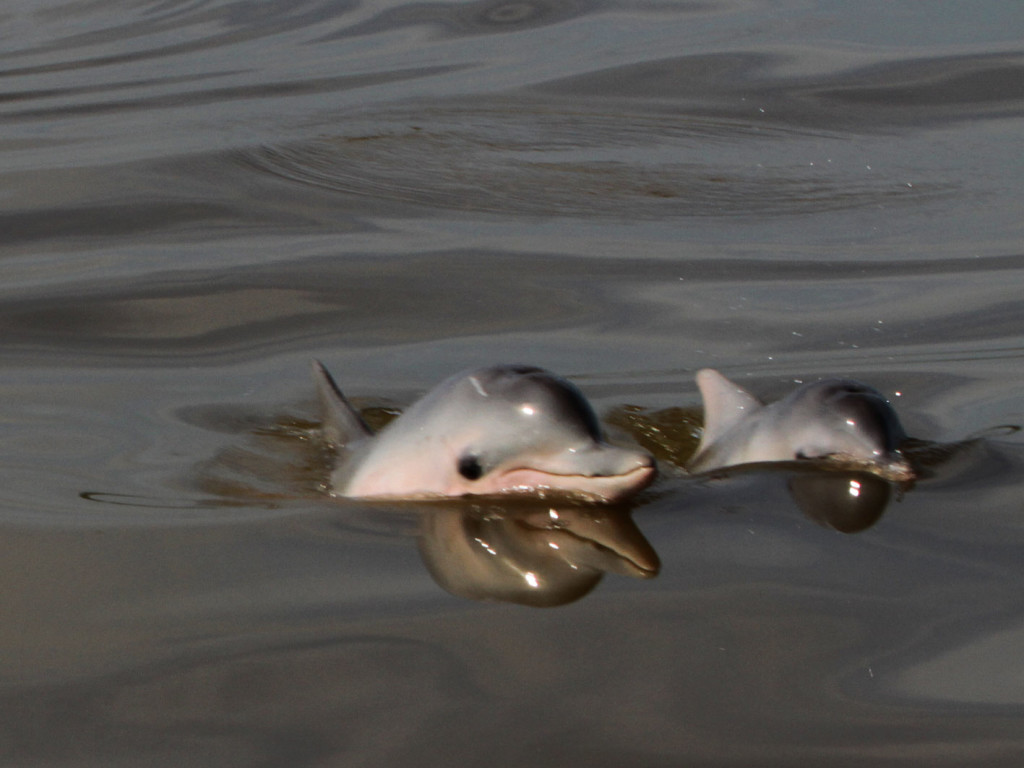
Animal welfare is the answer to the ethical question people have been asking for years: how should humans treat animals? Although certainly grounded in morality and respect for the creatures we share our planet with, animal welfare is not solely philosophical. In fact, in recent decades, the science behind animal welfare has become better understood […]
2019 here we come!

We had a wonderful year! Slowly things started falling into place after a bit of a chaotic ending of 2017. But, things started lining up. Animals and humans started getting used to our their new home. We had to say farewell to our most precious friend Isa in February, a bright star now in the […]
World Tamandua Day – 29 November 2018

On the 29th of November we celebrate World Anteater Day. We also say Tamandua Day, because the day originated in Brazil. Anteaters are like sloths under increasing pressure of habitat loss. Anteaters are amazing animals that have evolved as specialized eaters. They are typically South American animals. In Suriname we have three species of anteaters, […]
Giving Thanks!
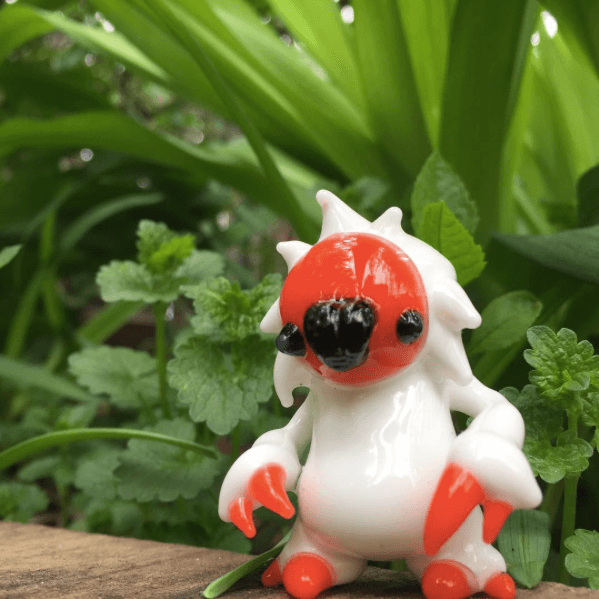
Today we want to focus on giving thanks to our donors, including the anonymous ones. We wanted in particular to highlight the work of one of our biggest private donors, because we love the amazing glass art Brandon Martin makes to help our work with the sloths, and to express our gratitude for his commitment […]
The Story of 19 November

For some of you, this might be just an ordinary day. Not for Green Heritage Fund Suriname. This day reminds us of a beginning and an end. I will start at the beginning. I remember the first day as a volunteer. Before the sloth wellness center was officially open, Monique’s house was the rehabilitation and […]
Official Opening Xenarthra Rehabilitation Center
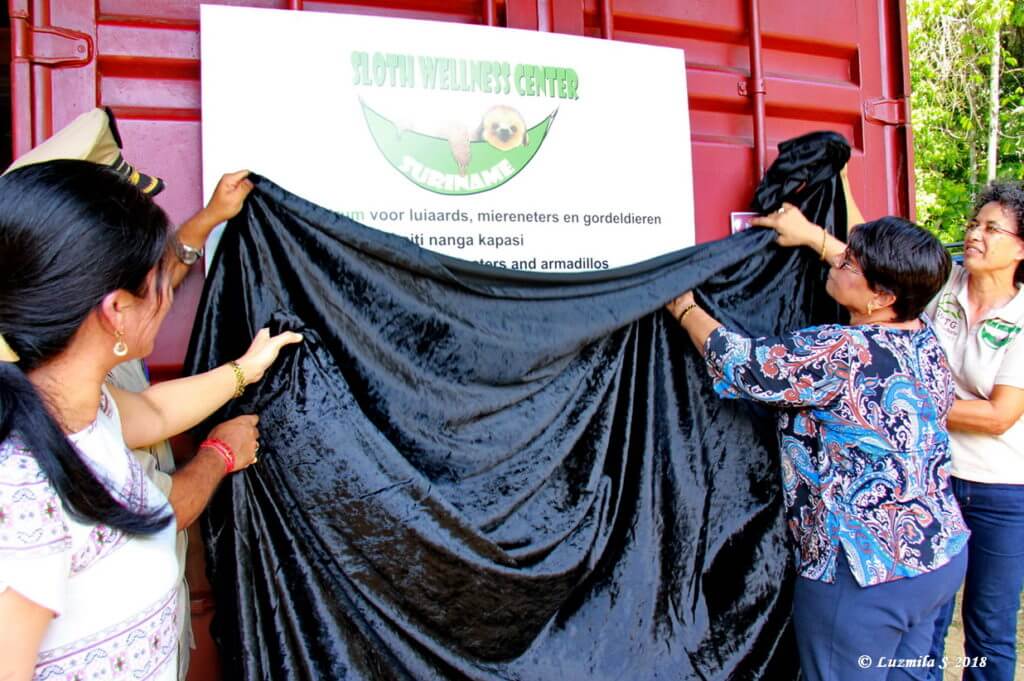
On Friday the 2nd of November 2018, the Rescue Center for Sloths, Anteaters and Armadillos was officially opened by Roline Samsoedien, Minister of Spatial Planning, Land and Forest Management. She was assisted by District Commissioner of Saramacca, Laksmienarain Doebay, and the Permanent Secretary of her Ministry, Ms. Leandra Woei. The Head of the Forestry Service, […]
